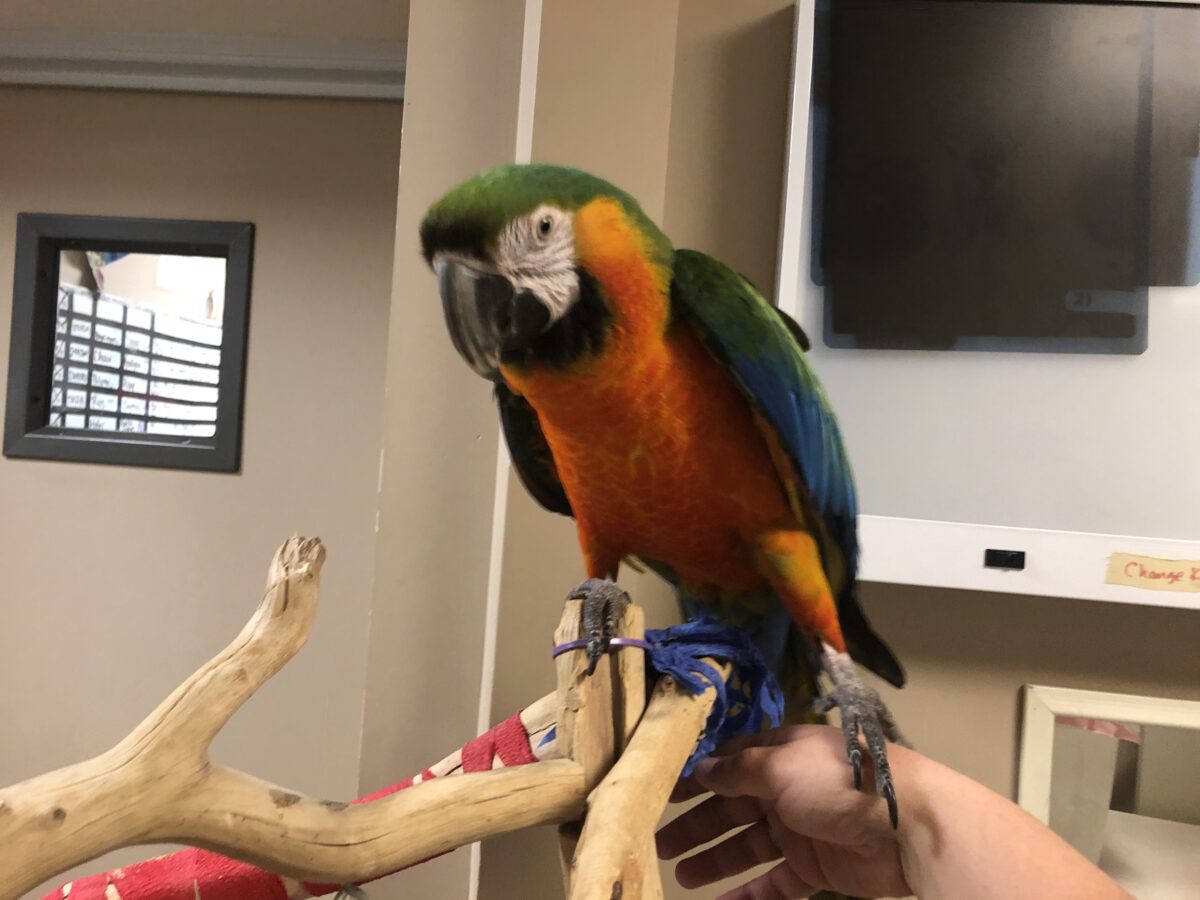After a few days of quiet adjustment, your bird is ready to become a part of your life. Your first interactions with your new bird are extremely important, because they set the tone for the kind of relationship you’ll have for life. You need to assure your new bird that you’re a wonderful, kind, and fun person, but you also need to remember not to force it. Friendship is earned, not forced.
You become a best friend through consistent, gentle training and vision. Never, ever hit your bird. Punishment really has no place in teaching birds a desired behavior.
Rules for You
Sure, we could have called this section “Rules for your bird,” but most of the learning is yours. Here are some guidelines to follow:
Know when to leave your bird alone. Birds have emotions and can be just as moody as humans are. Sometimes it’s best to just let them be. As you get to know your bird better, you’ll be able to identify the times when he wants to be with you and when he wants to be left alone.
Control and guide your bird’s comings and goings. Instead of just leaving the cage door open for your bird to go out and back in when he wants, put some training to work! Some of those key basics such as coming to you on cue or stepping onto your hand when asked can go a long way toward developing a healthy relationship.
Keep training sessions short and upbeat. Most bird species are highly intelligent, but they all tend to have brief attention spans. Several short interactive sessions a day – just a couple of minutes at a time – are better than one or two long ones. And don’t worry if you miss a day or two! With good, healthy training methods, your bird will pick right up where you left off! (That’s what good friends do.)
Read your bird’s body language. If your bird is saying “No thank you” to what you’re asking, that’s okay. Make sure there is always something in your request – a fair paycheck – to make your ask worth his while. Your bird will want to repeat things that are enjoyable, but requests that don’t make sense, have no value, or are scary certainly won’t be on his to-do list. It’s not about making him do what you command. It’s about him wanting to do what you ask, because he likes what happens and wants to do it again.
Position your bird so you can see what he’s doing. This will allow you to read his behavior and see what he’s up to. If you can see what’s going on, you have a chance to learn and to change what you’re doing to guide his behavior. These simple steps can go a long way toward helping the two of you build a solid foundation for your friendship.
Talk to your bird. Make eye contact and say anything or everything that’s on your mind. Birds learn by repetition and by mimicry, so start naming things for your bird. Birds also learn that certain words fit in certain contexts and can be associated with what immediately follows. For example, when you’re offering to scratch your bird’s head and trying to read if he wants you to do that, say something like “Want a pet?” or “Want a tickle?” or even “Tickle, tickle,” while offering your hand and the scratching motion. When your bird makes the connection, he’ll drop his head to ask for a scratch – or he may even use the phrase you’ve chosen!
Above all, don’t ruin any good habits your bird’s breeder instilled by failing to be sensitive to your bird’s body language. A good relationship is built on two-way communication.
This article was reviewed/edited by board-certified veterinary behaviorist Dr. Kenneth Martin and/or veterinary technician specialist in behavior Debbie Martin, LVT.








